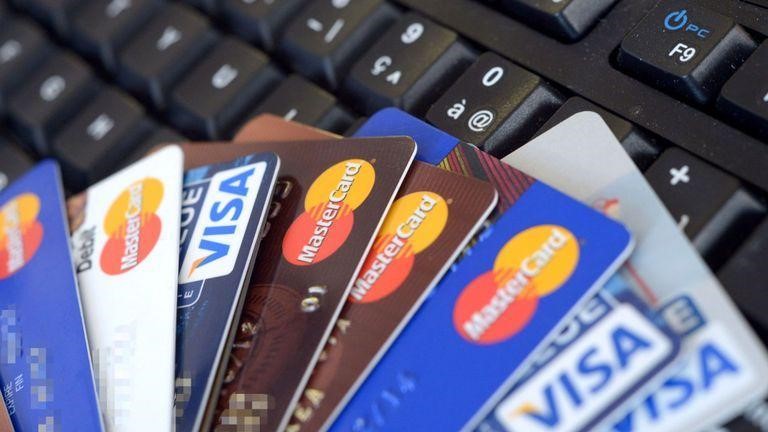Your credit card statement is almost similar to the utility bill that you receive every month. The statement is generated for a particular period, and you get a grace period to repay without any interest. Failing to pay the bill within the due date attracts a fine. Financial institutions impose high interest rates and late payment fees if your debt payment is overdue.
Hence, make sure to read your statement correctly to avoid all such charges. You only have to check a few things when doing so. Some of these include:

1. Statement period and statement date
Statement period is a span of 30 days when every transaction made is recorded, and the total amount due on the credit card is calculated.
Statement date is the date on which your bill is generated. Generally, it is the last date of the statement period.
2. Payment due date
Payment due date is the deadline by which you have to pay your bill. Usually, you get 15 days after the end of your statement period to clear off the bill.
Hence, the total period you receive for online credit card payment can go up to 45 days – also known as the grace period.
3. Opening balance
Opening balance is an amount you still owe your credit card company from your previous month’s statement.
4. New credits/transactions
New credits/transactions are the amounts you have paid during your statement period.
5. New debits
New debits are the expenses you have made with your card during your statement period.
6. Total amount due
Total amount due in your credit card statement is the full debt you currently owe to the company.
It is calculated in the following way:
(Opening balance + new debits + service tax) – new credits = total amount due.
7. Minimum payment due
Minimum payment due is the least amount you have to pay to avoid interest. This amount is a specific percentage of the total amount; the rate varies with financial institutions. The minimum amount can also include interest.
8. Total credit limit
Total credit limit on your credit card statement is the maximum amount that you can spend with your credit card.
9. Available credit limit
The available credit limit is the amount you can currently spend with your credit card. It is calculated by subtracting your total amount due from the total credit limit.
10. Available cash limit
Available cash limit is the maximum amount you can withdraw from ATMs using your credit card.
Do note that you will have to pay high interest in doing so. However, credit cards like the Bajaj Finserv RBL Bank SuperCard charge you no interest in such transactions. You get an interest-free period of 50 days to repay the withdrawn amount.
These are the top ten factors that you have to look for in your statement before online credit card payment. It will also include a summary of all the transactions you have made during your statement period.
Additionally, your statement might include the summary of reward points in the following ways:
I. Opening points – The total number of reward points at the beginning of your current statement period.
II. Earned points – The total number of reward points you have earned during your current statement period.
Your credit card may give your reward points on every transaction. For example, the Bajaj Finserv RBL Bank SuperCard provides you up to 2 reward points for every Rs. 100 that you spend.
Bajaj Finserv also has pre-approved offers on credit cards which lower the hassle involved in availing these financial products and save time. Pre-approved offers are also available with home loans, personal loans, business loans, and a variety of other financial products and services. Provide only a few essential details to check your pre-approved offer.
III. Redeemed points – Total reward points you have redeemed during your current statement period.
IV. Closing points – Total reward points at the end of your current statement period. It is calculated in the following way:
(Opening points + earned points) – redeemed points = closing points.
Few tips on how to manage your credit card bill better:
Tip 1. Repay the debt in due time
Repaying the debt within the payment due date will not invite any interest and late payment fee. It will also improve your credit score.
Tip 2. Always pay the total amount due
You will not incur interest and also increase your credit score when you repay your total amount due.
Tip 3. Never spend more than 50% of your credit limit
Spending more than 50% of your credit limit makes you look credit hungry. Hence, it can lower your credit score.
Knowing all these intricate details beforehand will help you manage your expenses through a credit card in a better way. Understanding the terms mentioned in a credit card statement will further ease repayment of the utilised credit amount.

